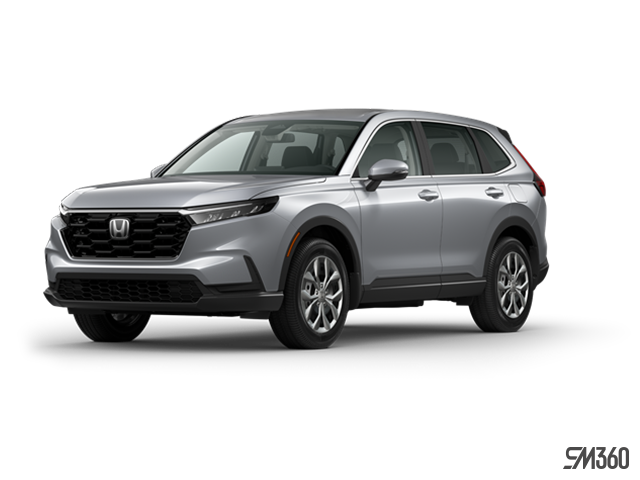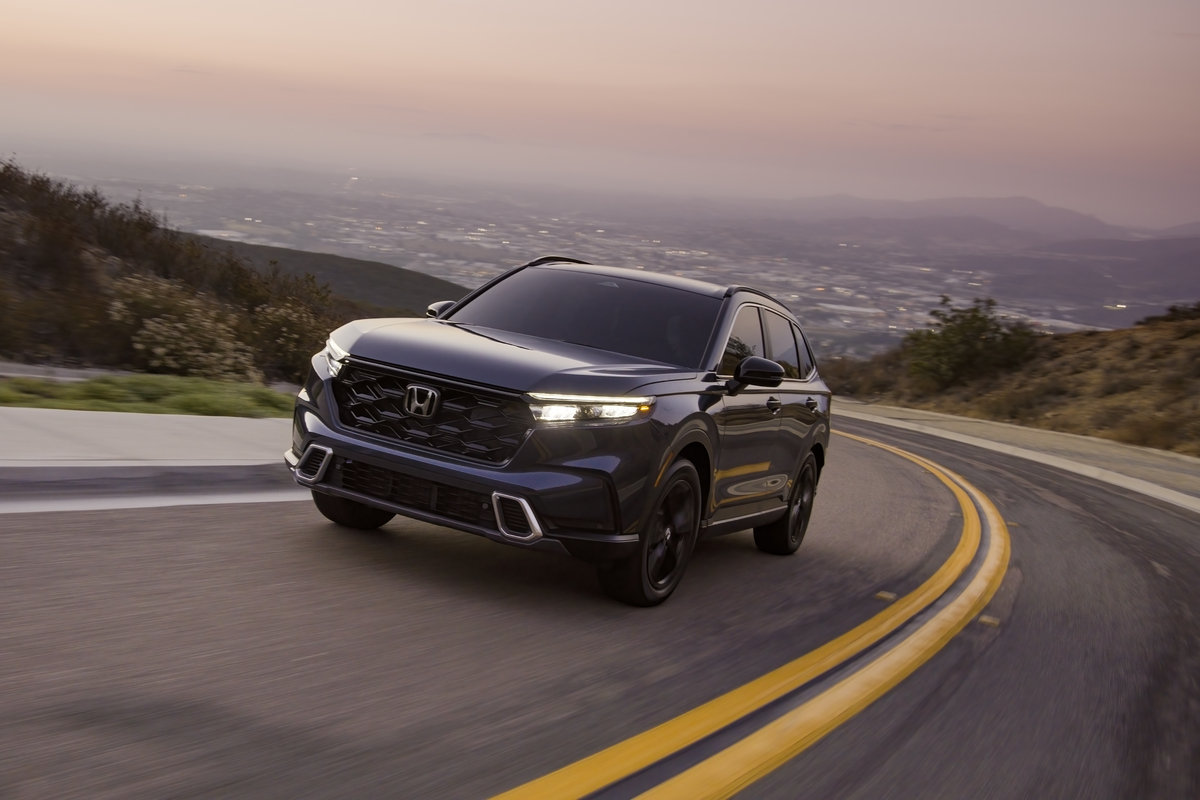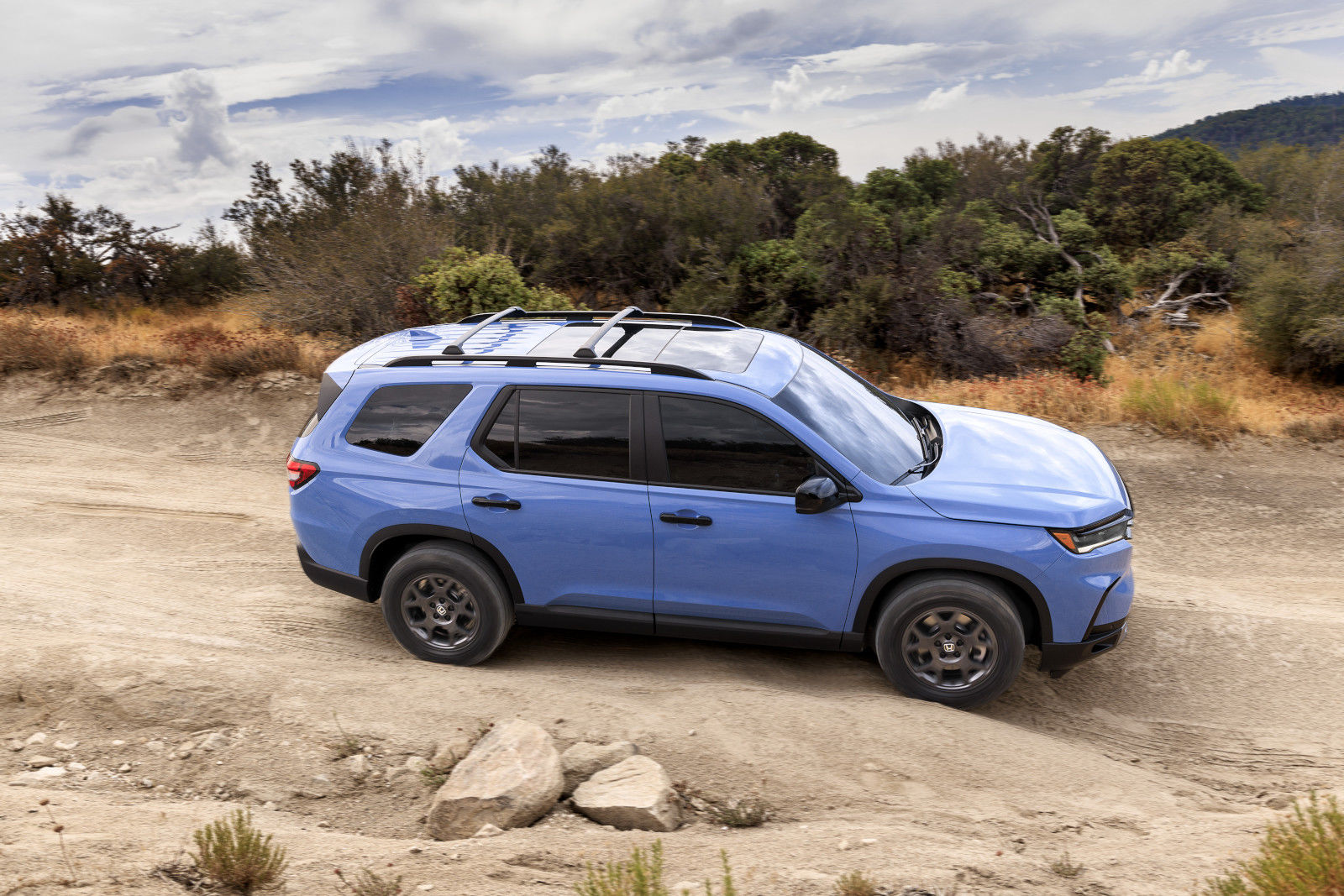
Photo for illustrative purposes only.
More Details
The compact SUV market continues to be fiercely competitive, and two of the leading models for 2025 are the Honda CR-V and the Hyundai Tucson. Both vehicles are known for their reliability, spaciousness, and impressive feature sets, making them popular choices for families and individuals alike. However, while both SUVs offer solid performance and versatility, the 2025 Honda CR-V has some distinct advantages, particularly in areas like interior space, cargo capacity, and fuel efficiency. Here, we break down the key differences between these two SUVs to help you decide which might be the better choice for your needs.
Performance and Engine Comparison
When comparing the base engines of the 2025 Honda CR-V and the 2025 Hyundai Tucson, both vehicles provide adequate power for daily driving, though they cater to slightly different priorities.
The 2025 Honda CR-V comes equipped with a 1.5-liter turbocharged inline-4 engine producing 190 horsepower and 179 lb-ft of torque. This engine provides a solid balance between performance and efficiency, making it well-suited for city commutes and highway driving alike. The CR-V’s Continuously Variable Transmission (CVT) enhances fuel economy while maintaining smooth acceleration.
On the other hand, the 2025 Hyundai Tucson is powered by a 2.5-liter inline-4 engine, delivering 187 horsepower and 178 lb-ft of torque. While the Tucson’s engine offers similar power output, it lacks the turbocharged responsiveness found in the CR-V, making the Honda feel slightly quicker off the line. The Tucson uses an 8-speed automatic transmission, which provides more traditional gear changes but doesn't quite match the efficiency of the CR-V's setup.
Fuel Economy
Fuel efficiency is a crucial factor for many SUV buyers, and here, the Honda CR-V takes a clear lead. The CR-V’s 1.5-liter turbo engine excels in urban environments, with better fuel consumption ratings than the Tucson across all categories. The Tucson’s larger, naturally aspirated engine is less efficient, particularly in city driving conditions where it consumes significantly more fuel.
The CR-V’s superior fuel efficiency means fewer stops at the gas station, saving you money over time and making it a more eco-friendly choice for daily driving.
Interior Space and Comfort
Both the CR-V and the Tucson offer comfortable seating for up to five passengers, with generous space in the front and rear seats. However, the CR-V edges out the Tucson in some key measurements, providing a roomier feel for both drivers and passengers.
Here's a comparison of the dimensions where the CR-V has the advantage:
|
Specification |
2025 Honda CR-V |
2025 Hyundai Tucson |
|---|---|---|
|
Front Head Room |
970 - 1,016 mm |
968 - 1,019 mm |
|
Front Shoulder Room |
1,471 mm |
1,463 mm |
|
Rear Shoulder Room |
1,420 mm |
1,422 mm |
|
Cargo Volume to First Row |
2,166 L |
2,118 L |
|
Cargo Volume to Second Row |
1,113 L |
1,096 L |
The CR-V provides slightly more headroom in the front and has the edge in shoulder room for front-seat occupants, making it a more comfortable option for taller drivers and passengers. Rear passengers will also find ample space, with comparable legroom and slightly better shoulder room, ensuring that everyone can ride in comfort.
Cargo Space: Packing More into Your Day
When it comes to cargo capacity, the 2025 Honda CR-V clearly pulls ahead of the Tucson. With up to 2,166 liters of space available when the rear seats are folded down, the CR-V offers more room for gear, groceries, and anything else life throws your way. Even with the second row up, the CR-V’s 1,113 liters of cargo space still surpass the Tucson’s 1,096 liters, making it the more practical choice for those who frequently haul large items.
Conclusion: Why the 2025 Honda CR-V Stands Out
While both the 2025 Honda CR-V and the 2025 Hyundai Tucson are strong contenders in the compact SUV segment, the CR-V sets itself apart with superior fuel efficiency, a more responsive turbocharged engine, and slightly more interior and cargo space. These advantages make the CR-V particularly appealing for drivers who prioritize low running costs, practicality, and comfort.
If you’re looking for a compact SUV that delivers on all fronts without sacrificing fuel efficiency or interior comfort, the 2025 Honda CR-V makes a compelling case as the better choice between these two popular models.

Photo for illustrative purposes only.
More Details
Honda SUVs Earn Top Spot in Brand Loyalty
Honda's SUV lineup has claimed the number one position in brand loyalty among mainstream SUV owners, according to the J.D. Power 2024 Automotive...
Read more
Honda Previews New Off-Road Capabilities, Features and Accessories of the All-New 2026 Passport Trailsport
The 2026 Honda Passport Trailsport marks a new chapter in Honda's SUV lineup as their most off-road capable vehicle to date. This all-new model...
Read more
The All-New 2025 Honda Civic Hatchback in Detail: The Versatile Hybrid
As the 2025 Honda Civic Hatchback begins to roll into Canadian dealerships this month, it marks a significant step forward for one of Honda’s most...
Read more